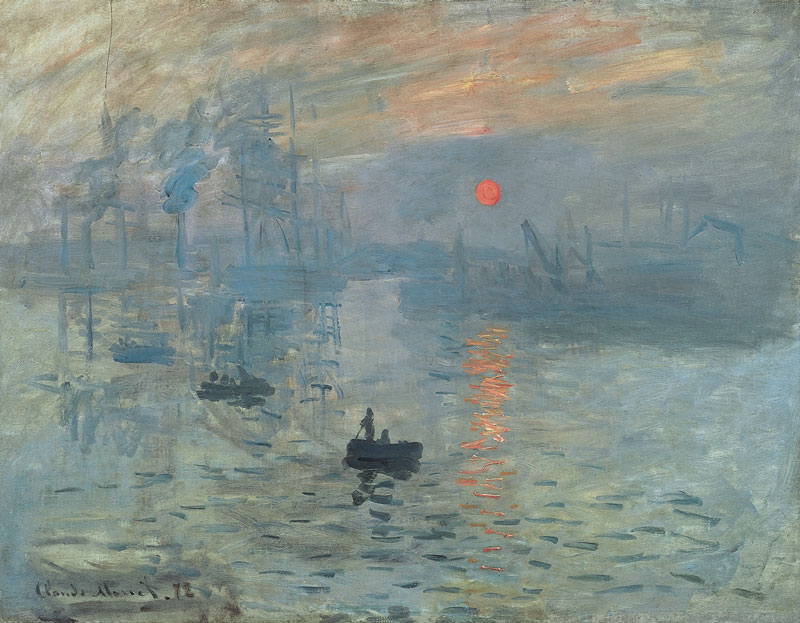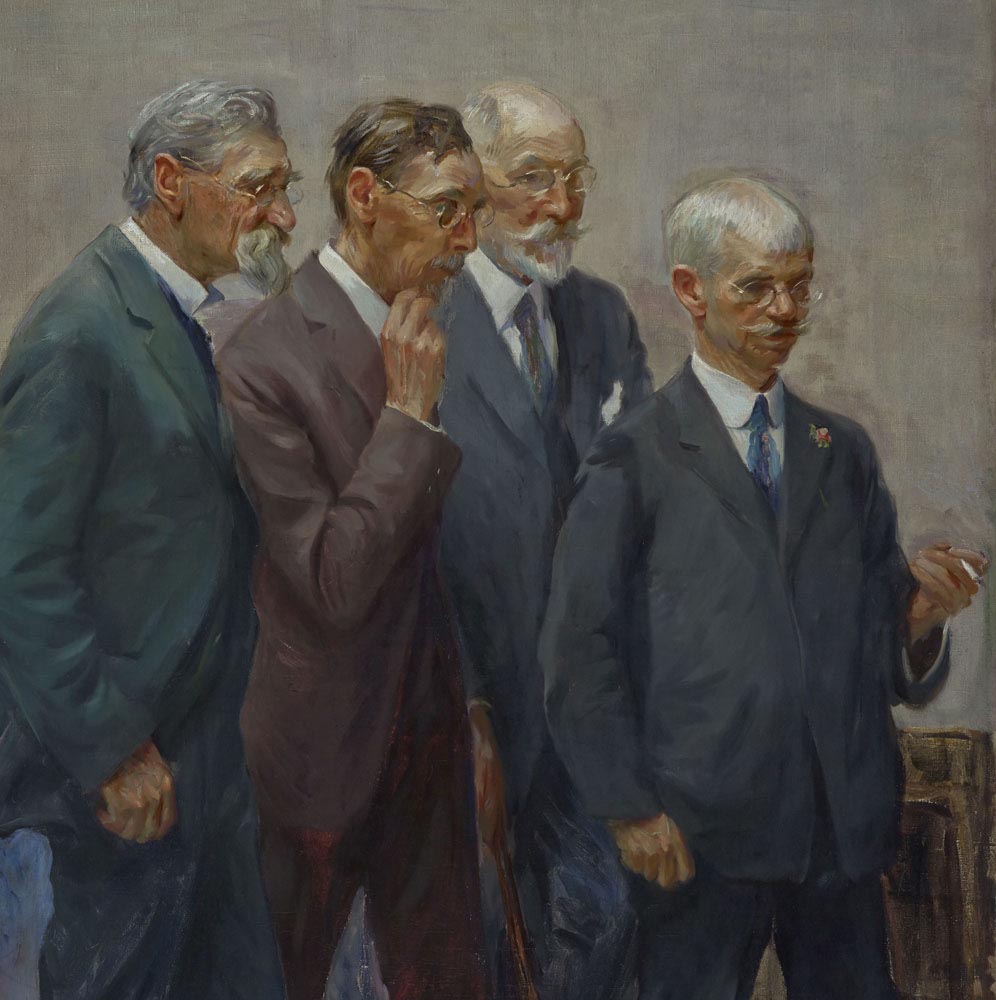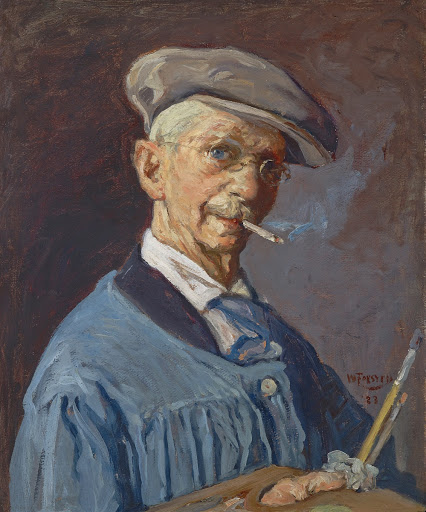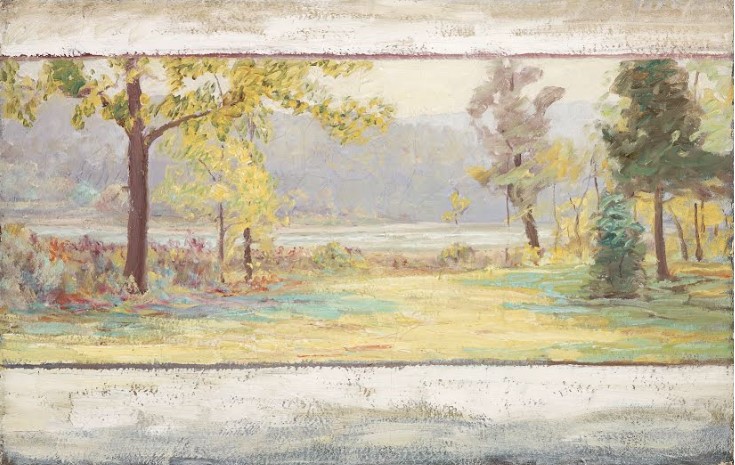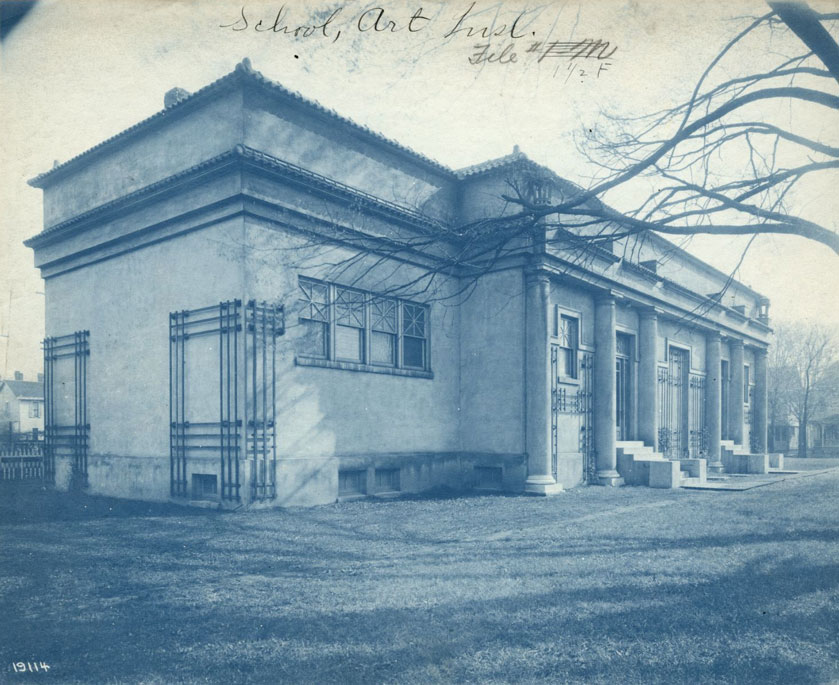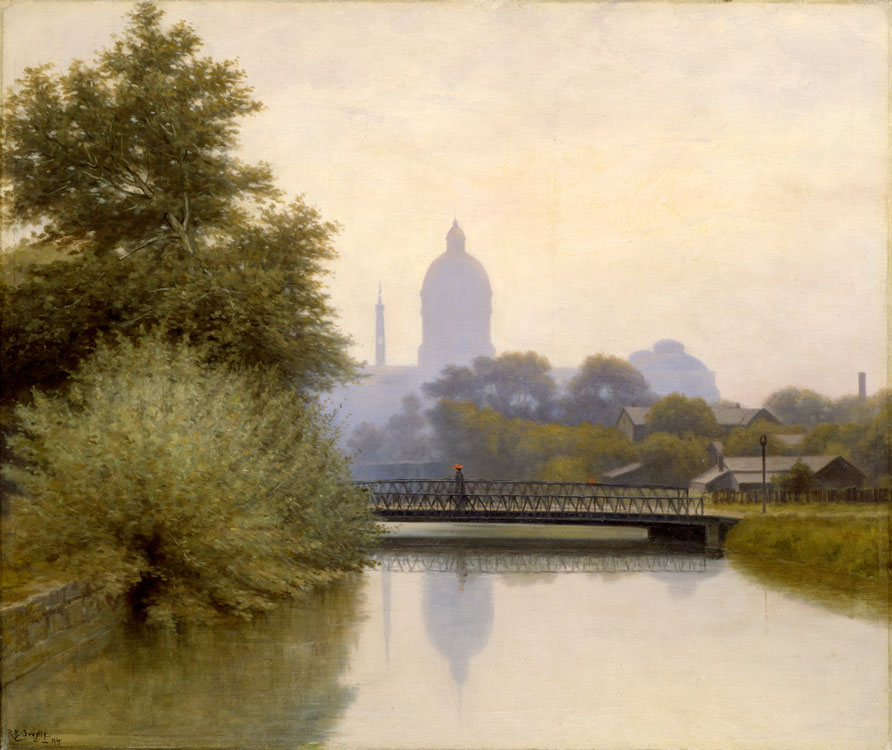Richard Buckner Gruelle
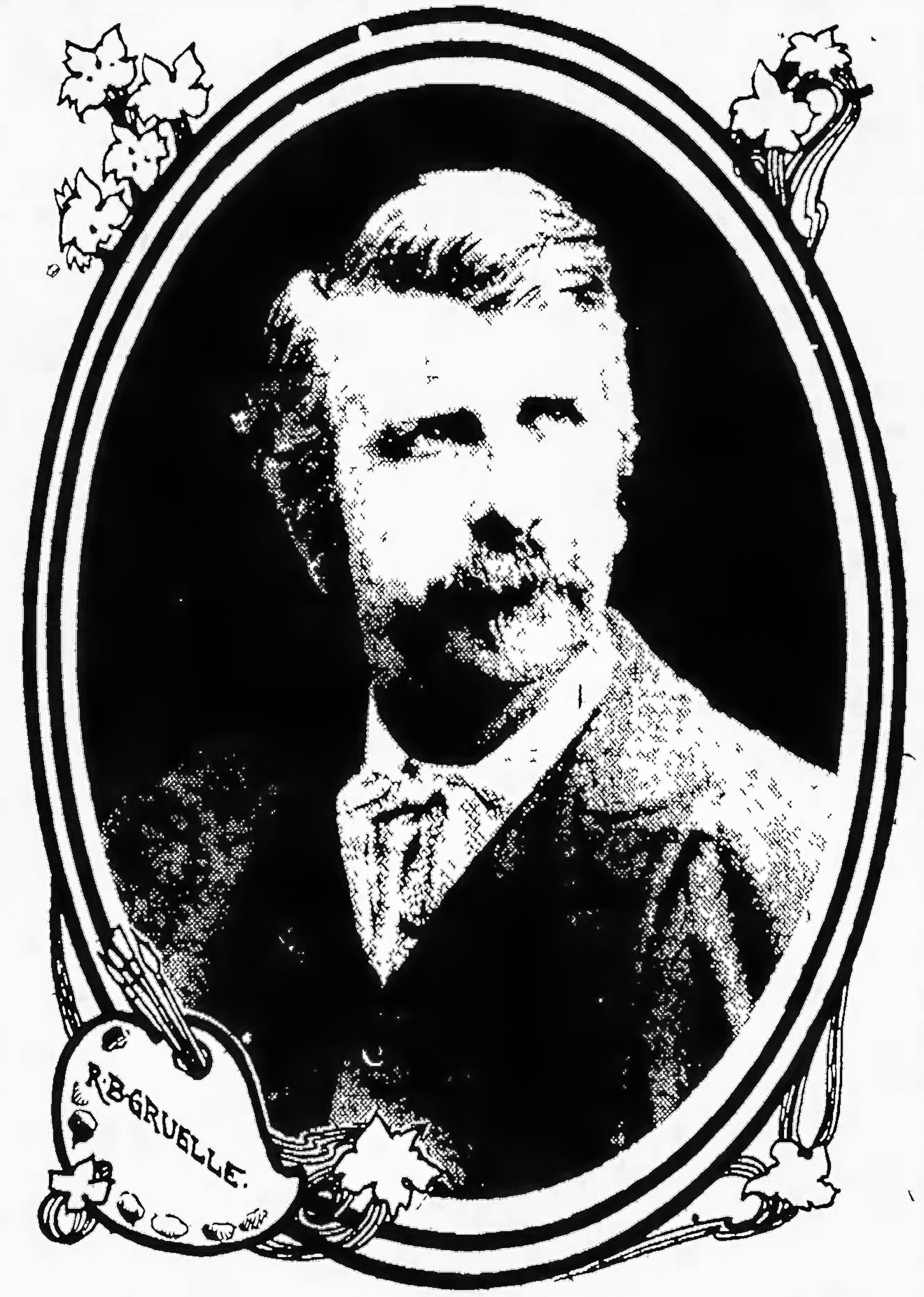
Courtesy of IndyStar
At 12 years old, Richard Buckner Gruelle had to quit school to help support his parents and 10 siblings. He took on odd jobs around his hometown of Arcola, Illinois, before beginning an apprenticeship with the town’s house and sign painter in 1864. Gruelle always had an interest in art, and this job allowed him to learn how to mix tints and use paint while earning a wage.
In addition to his apprenticeship, individuals in town encouraged Gruelle and helped him develop his art skills. A restaurant owner gave him a book about drawing in exchange for a painted sign. A cabinetmaker showed him how to build easels and stretch canvases. A student who no longer wanted her set of art supplies gave them to Gruelle to practice with.
The young artist finished his apprenticeship around 1867 and began working during the day and studying art on his own at night. He tried to quit his day job and focus on portrait work, but there was not enough demand in Arcola to keep him in business. He moved to western Illinois for a new job working on an engineering corporation project.

Gruelle’s painting depicts a profile portrait of "Mother," the wife of the artist.
From the collection of the Indiana State Museum and Historic Sites
Gruelle moved to Ohio in the 1870s, where he worked at a steel safe manufacturer painting ornate landscapes on the safe doors. He continued his art education by taking a life art class at night—the first formal art class he had ever attended.
Gruelle arrived in Indianapolis in 1882 and settled in a house near Indianapolis poet, James Whitcomb Riley. He would later illustrate a few of Riley’s poems including “When the frost is on the punkin’” (1891) and “The old swimmin’-hole” (1883). Up to this point, Gruelle’s work had primarily been decorative or illustrative, but Indianapolis inspired him to start painting scenes around the city.
Already being a self-taught artist, Gruelle never imagined also becoming a writer. In 1892, he wrote a letter to Indianapolis art patron Carl Lieber, detailing his experience of the art collection of entrepreneur William T. Walters in Maryland. Lieber showed the letter to Joseph M. Bowles, who was establishing a new art magazine, Modern Art. Bowles loved Gruelle’s perspective on the collection and asked him to write about it for his first issue of the magazine. Walters saw the article and asked Gruelle to write a book about his renowned collection. Notes: Critical & Biographical was published in April 1895.
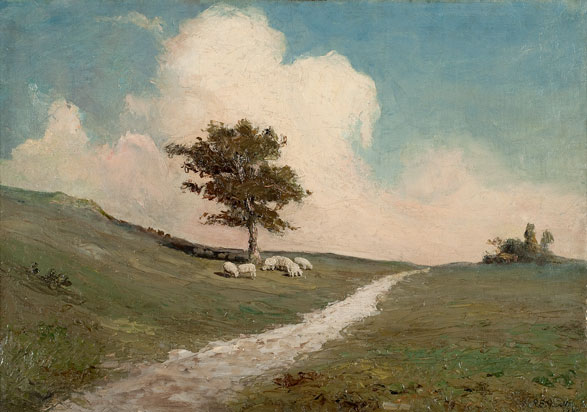
From the collection of the Indiana State Museum and Historic Sites
In 1894, Gruelle was asked to exhibit 10 of his paintings at a show with several other Indianapolis artists, which would later place him as a member of the Hoosier Group. Aside from occasional participation in Society of Western Artists exhibitions, he neither painted nor showed his work with the other Hoosier Group artists.
Three years later, Gruelle was commissioned to paint seascapes in Gloucester, Massachusetts. Having never seen the ocean, he was concerned about his ability to produce good work. He found that he loved to paint them and began taking annual trips to the East Coast. He exhibited his coastal work along with his Indianapolis landscapes each winter.
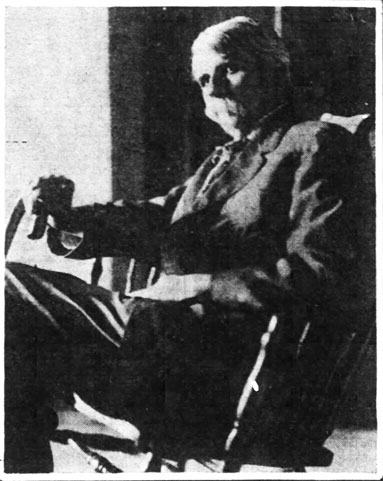
Courtesy of IndyStar
Gruelle moved back and forth between the East Coast and Midwest throughout the early 1900s. In December 1905, Gruelle and his family moved to New York City to pursue greater artistic opportunities. This lasted just two years. Gruelle grew tired of the fast pace and returned to his home on Tacoma Avenue in Indianapolis.
Missing his East Coast companions, Gruelle moved to Connecticut in the early 1910s. He still made periodic trips to Indianapolis and continued to exhibit his paintings there, often at the H. Lieber galleries. He also continued to write the occasional article for the Indianapolis Star.



